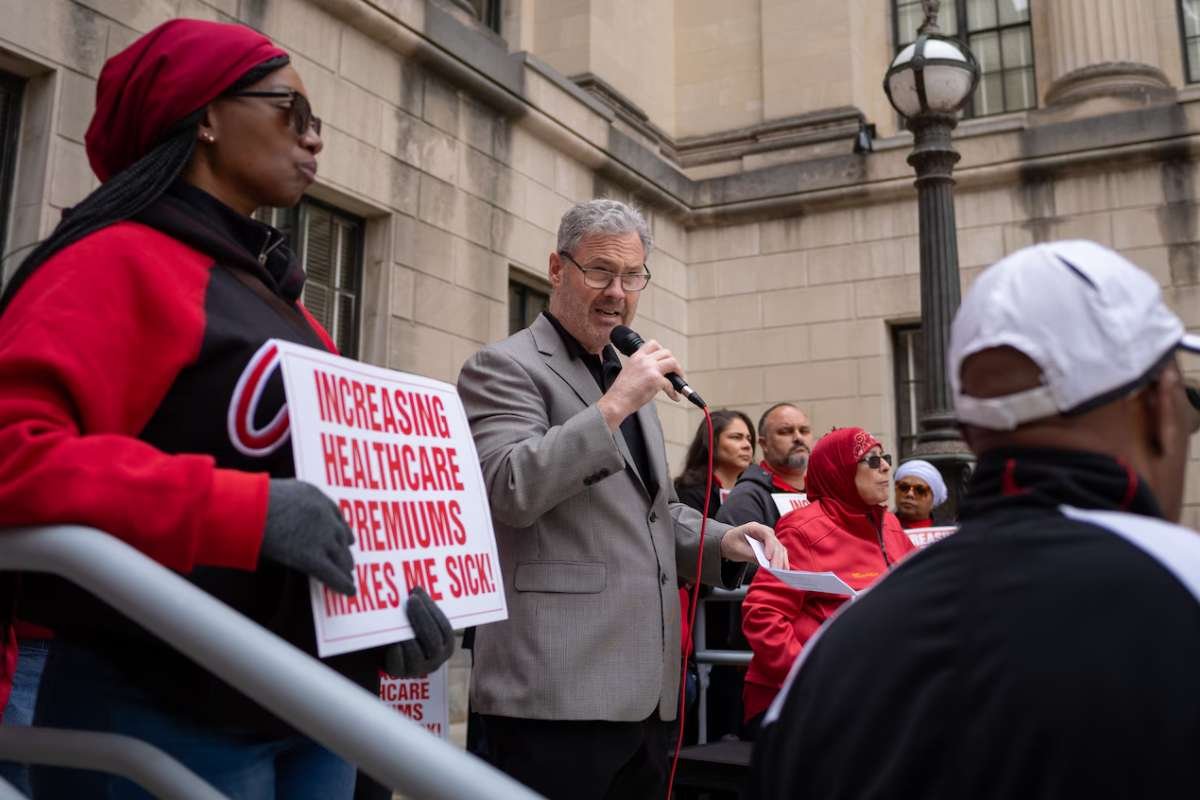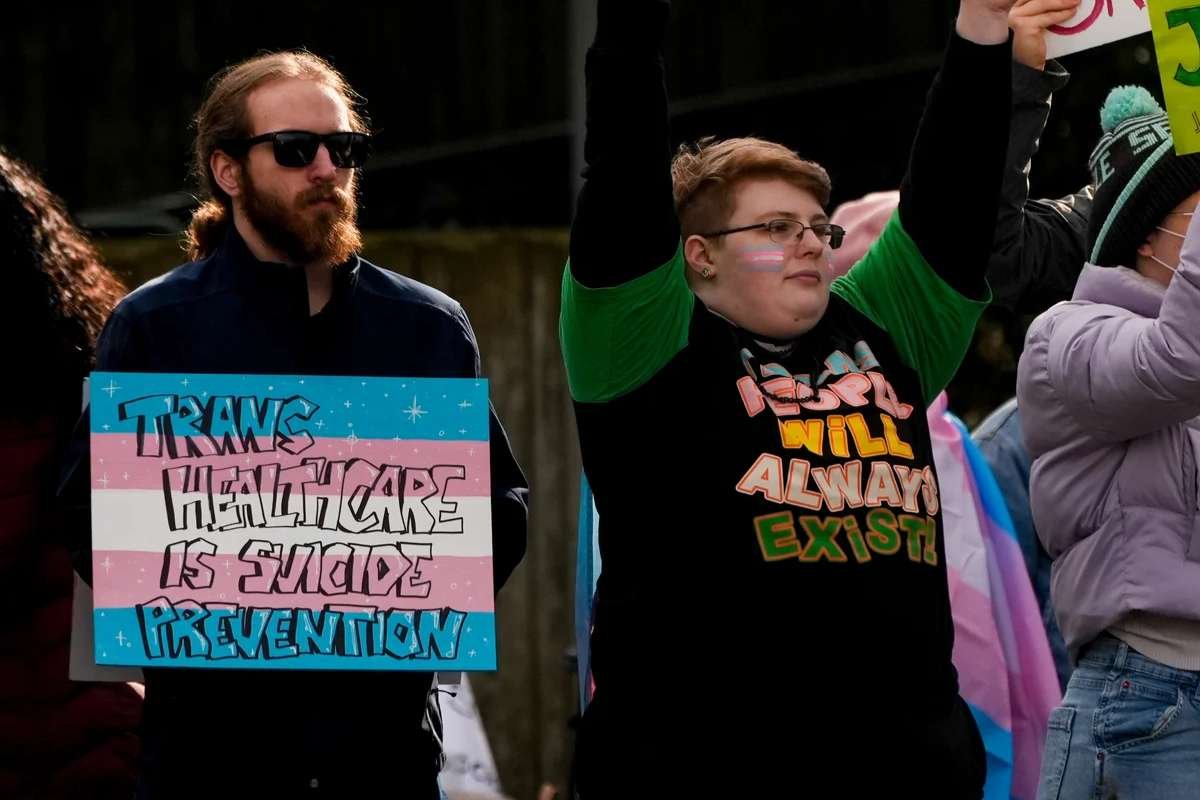This week marked the start of a 30-day public comment process on the state’s request for a federal waiver to establish a public health insurance option.
The first official stage in requesting approval from the Centres for Medicare and Medicaid Services (CMS) for the waiver that would allow Nevada to establish a state-managed public health insurance alternative by 2026 is the public comment period, which began on Monday and ends on December 20.
A public health care option was to be established in 2021 and run by the State of Nevada through contracts that insurance companies would have to bid on. In order to be included in the public option, health care premium rates would need to be at least 15% less expensive than those of plans offered by the state health insurance option for the following four years. By zip code, the public option premiums must be five percent less than the reference premiums for the Bronze, Silver, and Gold plans.
But governor Joe Lombardo, who is against the public option, recently declared that he will prioritise funding a reinsurance programme for private businesses that participate in the individual market with federal monies made available by the waiver.
Additionally, Lombardo is requesting that CMS approve the use of the federal funding to establish a loan repayment programme for healthcare providers who agree to reside and practise in the state for at least four years, as well as an annual bonus payment programme for insurance companies ‘that make strides in improving health outcomes and quality of care’.
According to the Nevada Department of Insurance, individual premiums not available on the exchange climbed by 5.9% over the last year, while insurance prices on the state-based health exchange increased by an average of 2.8%.
The public option would only have a “small negative impact on provider revenue,” according to a 2022 state actuarial report, because the people who would benefit from it only make up a small percentage of the state’s population—roughly 3% to 4%—and providers’ revenue.
Early this month, a group connected to the insurance and medical sectors published a study contending that the public option would worsen the state’s scarcity of providers and limit access to care.
Nevadan doctors who support the public option and contest the industry’s study have “urged residents to share their health care stories as part of the public comment” with the Committee to Protect Health Care.
We find it encouraging that the Public Option is still advancing as a cutting-edge, distinct route to readily available, reasonably priced health care for Nevadan families. Doctors continue to support the Public Option despite efforts by insurance companies to undermine it, knowing that it will lower health care costs by 16 percent over four years, increase coverage affordability for 92,500 Nevadans, and save the state’s taxpayers almost $500 million, according to a statement from Dr. Harpreet Tsui, a Las Vegas internist and Nevada Lead for the Committee to Protect Health Care.
On the website of the state Department of Health and Human Services, Nevadans can read the bill’s draught, public notices, meetings, the state’s economic analysis, and comment methods.
CMS must receive the state’s waiver application by January 1, 2024.

7 Health Insurance Questions, Answered
Health insurance provides access to vital medical services as well as financial protection, making it an essential part of a comprehensive healthcare plan.








